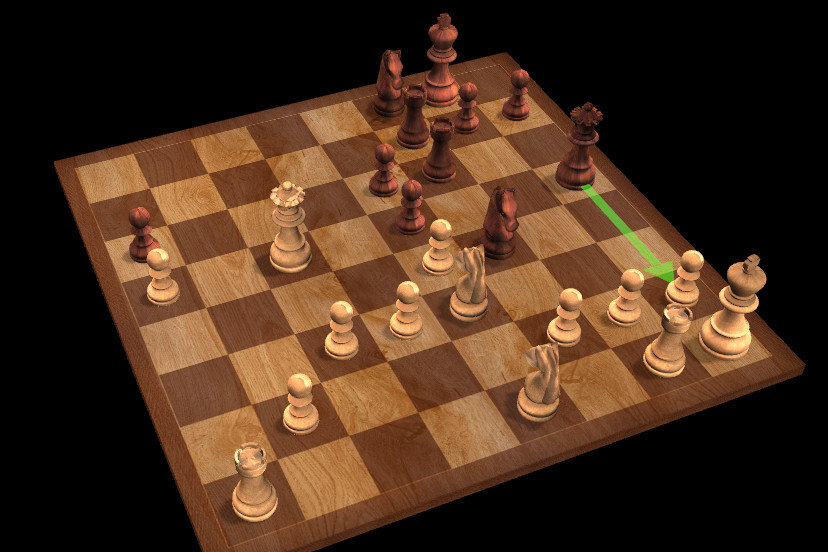Hussong himself remained a relatively unknown player. He was several times champion of the Palatinate region, but he never reached the top ranks of German chess. According to Chessmetrics, his peak historical Elo rating was 2395. Biographical details about him are scarce.
An online search reveals that he was born on August 8, 1902, in Ludwigshafen, worked as a qualified business economist, and died in May 1943 at the age of forty. No exact date is given, which suggests that Hussong lost his life as a soldier during the Second World War. The last recorded game of his in the ChessBase Mega Database was played at a tournament in Karlsruhe in late 1938. This also points to the likelihood that from 1939 onward, he was serving in the war.
The ChessBase Mega Database 2025 is the premiere chess database with over 11 million games from
1475 to 2024
The ChessBase Mega Database 2025 is the premiere chess database with over 11 million games from 1475 to 2024 in high quality. Packing more than 113,000 annotated games, Mega 2025 contains the world‘s largest collection of high-class analysed games. Train like a pro! Prepare for your opponents with ChessBase and the Mega Database 2025. Let grandmasters explain how to best handle your favorite variations, improve your repertoire and much more.
Despite the absence of major tournament successes, Hussong has remained in chess memory because of the following game, or more precisely, because of its remarkable conclusion.
A brilliant final combination that impressed none other than Alexander Alekhine and the first correspondence world champion, the Australian C. J. S. Purdy. As the English chess historian Edward Winter reports, Purdy
attempted to make light of Hitler in a satirical one-act play ‘Hell Hitler’ in “Among These Mates” (Sydney 1939), a book which he published under the pseudonym Chielamangus. The dramatis personae were Shade of Napoleon, Shade of Hitler, and Satan; the play was founded on [a] spoof game in which Hitler was White against Napoleon. (Edward Winter, A Chess Omnibus, Russell Enterprises 2003, p. 178-179).
As the model for this imaginary game between Hitler and Napoleon, Purdy chose Hussong’s victory over Herrmann. Alekhine also admired the game. He discovered it in the Deutsche Schachzeitung of October 1930 and soon afterwards republished it in the magazine Denken und Raten under the title Eine Perle der Kombinationskunst (“A Gem of the Art of Combination”), adding his own annotations. These notes were then reprinted in the December 1930 issue of Kagans Neueste Schachnachrichten on pages 340–342. (See Edward Winter, Chess Notes 7402: Hitler v Napoleon, in https://www.chesshistory.com/winter/winter89.html, retrieved on 3.09.2025.)
Hussong played his “Immortal” in the third round of the tournament, which ran over fifteen rounds. The winners were Ludwig Engels and Gerhard Weissgerber, each scoring 12 points from 15 games. Two and a half points behind, Herrmann and Hussong shared third and fourth place. Yet without Hussong’s game from the third round, even that result would long since have been forgotten.
On this DVD Dorian Rogozenco, Mihail Marin, Oliver Reeh and Karsten Müller present the 8. World Chess Champion in video lessons: his openings, his understanding of chess strategy, his artful endgame play, and finally his immortal combinations.
